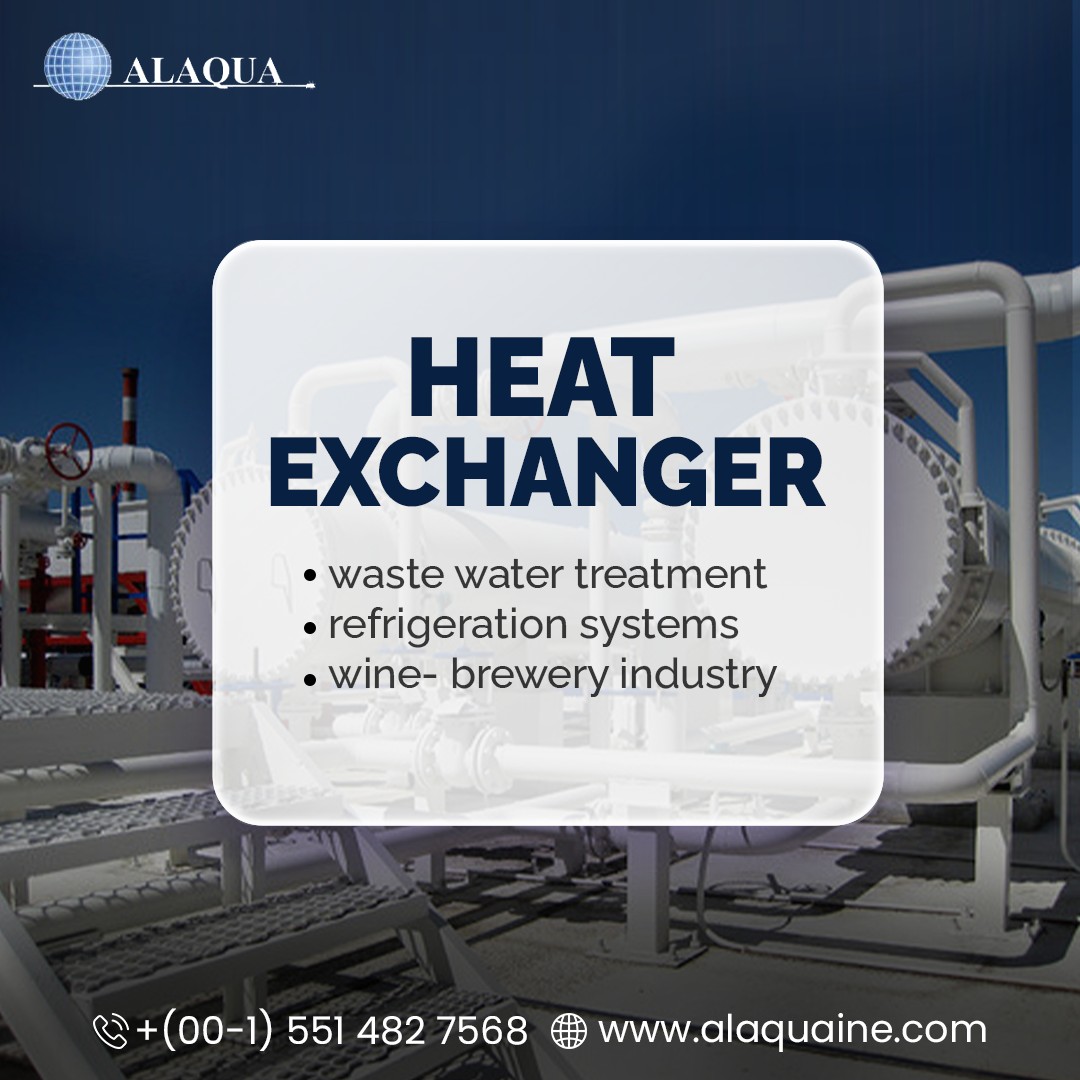In complex and crucial industrial processes, where efficiency is significant, selecting the right heat exchanger can make all the difference. Heat exchangers play a pivotal role in various industries, from manufacturing to energy production.
So, we are here with a comprehensive guide that will help you to choose the suitable heat exchanger for your business. It also guarantees energy efficiency and peak performance.
Understanding the Basics: What is a Heat Exchanger?
Before we delve into the nitty-gritty details of selecting and sizing a heat exchanger, let’s understand the fundamental concept. A heat exchanger is a device designed to transfer heat between two or more fluids, ensuring that they remain at different temperatures. These fluids can be gases or liquids and can serve various purposes, such as heating, cooling, or condensing.
Selecting the Right Type of Heat Exchanger:
Consider the Application-
Begin by understanding the specific application for which you need a heat exchanger. Different industries and processes may require different types of heat exchangers. For example, plate heat exchangers are efficient for liquid-to-liquid heat transfer, while shell and tube heat exchangers are versatile and suitable for a wide range of applications.
Evaluate Fluid Compatibility-
The compatibility of the fluids involved is crucial. Ensure that the materials of construction are compatible with the fluids’ properties to avoid corrosion and ensure the longevity of the heat exchanger. This is particularly important in industries where aggressive chemicals are involved.
Consider Space Constraints-
Evaluate the available space for installation. Compactness is often a key consideration, especially in industries where space is limited. Plate heat exchangers, for instance, are known for their space efficiency.
Sizing the Heat Exchanger:
Define Heat Transfer Requirements-
Understand the heat transfer requirements of your process. Calculate the heat load – the amount of heat that needs to be transferred – based on factors like flow rates, temperature differentials, and specific heat capacities of the fluids involved.
Factor in Thermal Conductivity-
The thermal conductivity of the materials used in the heat exchanger is critical. Opt for materials with high thermal conductivity to enhance the efficiency of heat transfer.
Consider Fouling and Scaling-
Factor in the potential for fouling and scaling in your process. Different heat exchanger types have varying susceptibilities to fouling. Regular maintenance is essential to prevent a decrease in efficiency over time.
Choosing the Right Heat Exchanger Equipment Supplier:
Reputation and Experience-
When it comes to selecting a heat exchanger equipment supplier, reputation and experience are paramount. Look for suppliers with a proven track record in providing high-quality, reliable heat exchangers. Testimonials and reviews from customers might provide insightful information.
Customization Capabilities-
Every industrial process is unique, and your heat exchanger may need to be tailored to specific requirements. Choose a supplier with the capability to customize heat exchangers according to your specifications.
Compliance with Standards-
Check if the provider follows industry norms and certifications. Compliance with standards such as ASME (American Society of Mechanical Engineers) ensures the reliability and safety of the heat exchanger equipment.
Technical Support and Service-
Choose a supplier who offers top-notch after-sale support and technical assistance. A reliable supplier will offer assistance in installation, troubleshooting, and maintenance, ensuring the longevity and efficiency of your heat exchanger.
Conclusion:
Selecting and sizing a heat exchanger for your business involves careful consideration of various factors, from the specific application and fluid compatibility to thermal conductivity and space constraints. Gaining knowledge of these essential components will enable you to make well-informed decisions that suit your company’s requirements.
It’s also very important to select the appropriate heat exchanger equipment supplier. A trustworthy supplier with industry experience, adaptability, industry standard compliance, and first-rate technical assistance can mean the difference between a smooth, productive industrial process and possible issues.
In conclusion, investing time and effort in the selection and sizing process, along with partnering with a reliable supplier. It is a strategic move that pays dividends in terms of performance, efficiency, and long-term reliability for your business.











